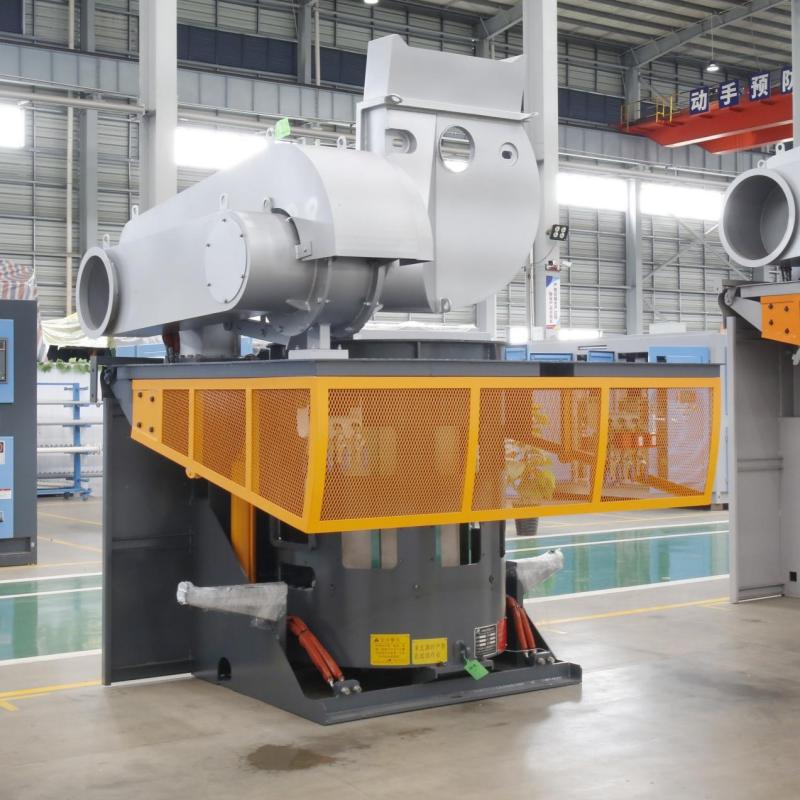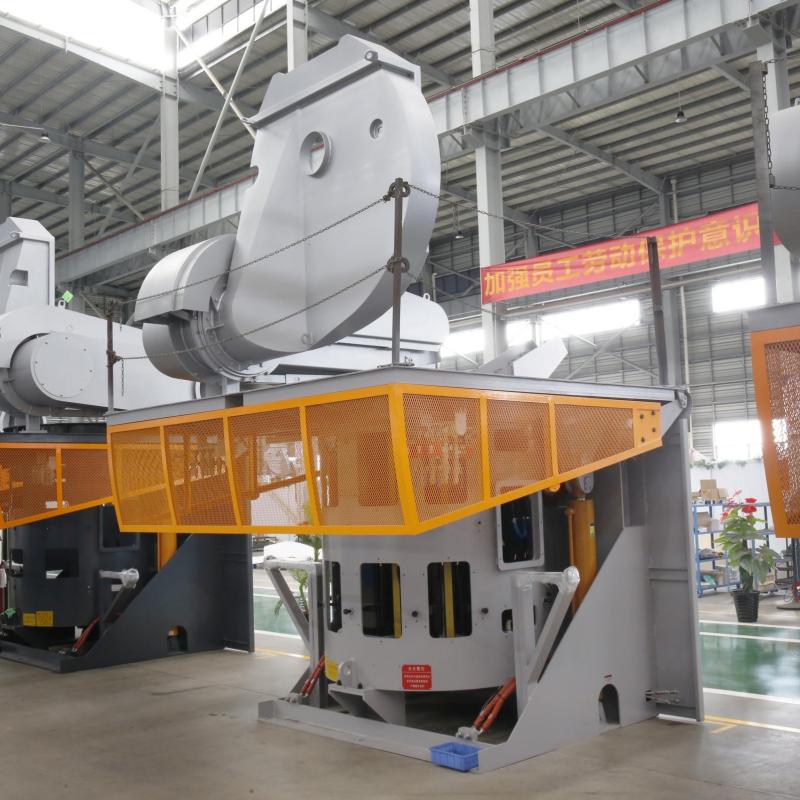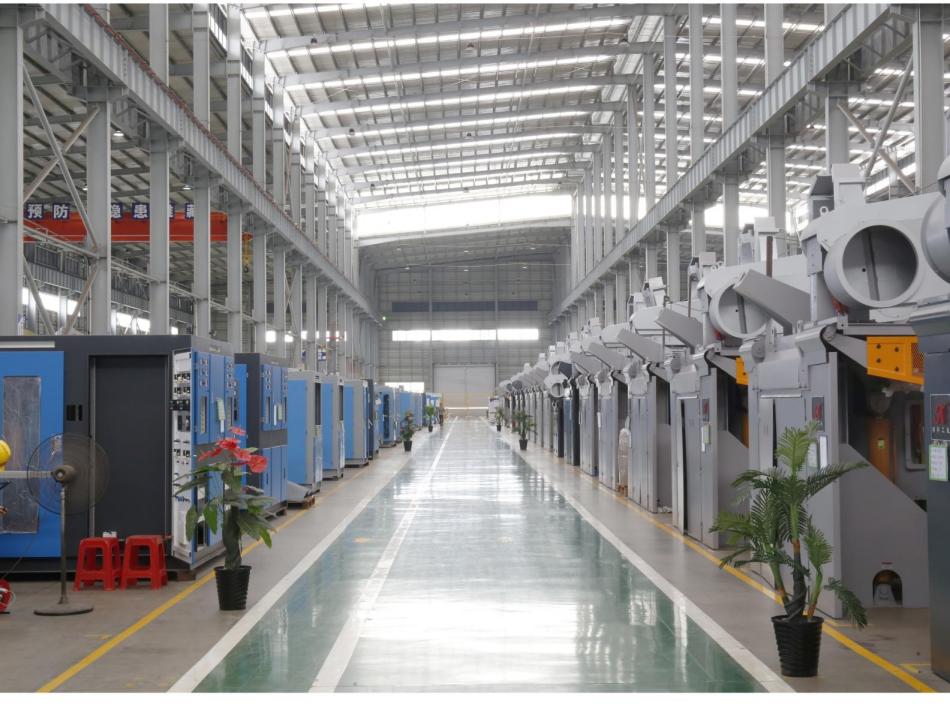How Does the Automatic Batching & Feeding System Work for Efficiency?
The Growing Importance of Automatic Batching & Feeding Systems
Automation is revolutionizing industries and agriculture, making material handling more efficient and precise. Automatic batching and feeding systems play a crucial role in optimizing production by accurately measuring and dispensing raw materials.
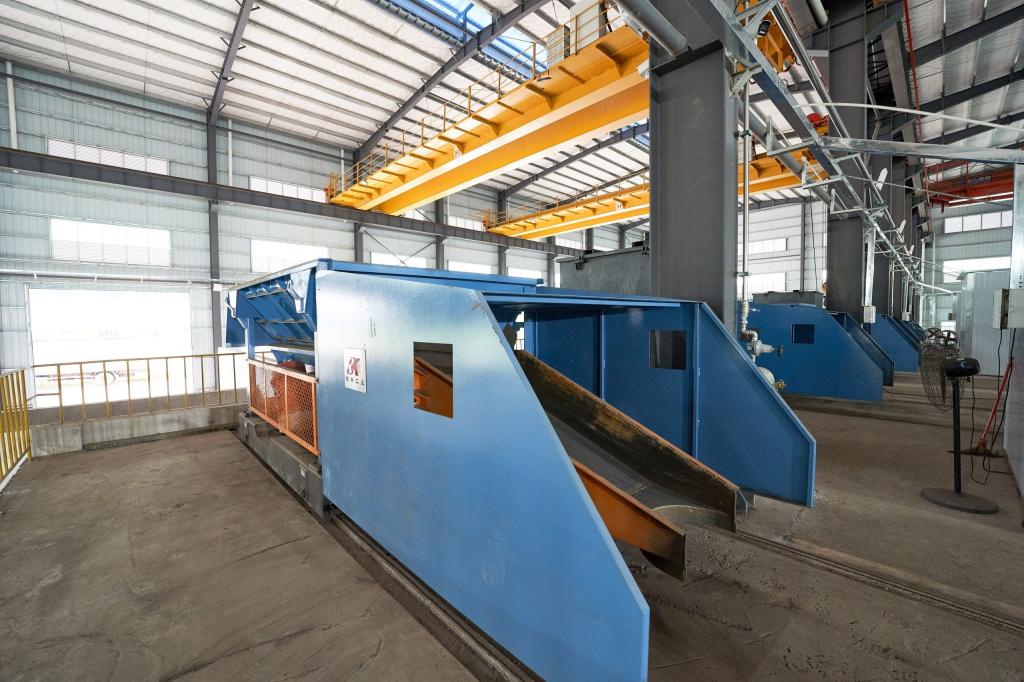
Rongke’s advanced technology utilizes high-precision sensors and intelligent control systems to ensure the right amount of materials is added, minimizing waste and preventing shortages. By integrating automation, businesses can streamline operations, enhance reliability, and significantly reduce costs.
These systems not only improve efficiency but also eliminate human errors, leading to higher product quality and consistency. As industries continue to evolve, more companies are adopting automation to stay competitive, boost productivity, and meet growing demand. Embracing this technology means faster, more reliable material handling and a smarter approach to production management.
What Is an Automatic Batching & Feeding System?
Automated Batching for Precision Production
An automatic batching and feeding system helps in production. It mixes raw materials in the right amounts. The system scans the materials using radar. Then, it picks them up with a crane and an electromagnetic disc. This process makes iron batching automatic.
The system adjusts based on the raw material composition. It calculates the best mix for production. This ensures efficiency and accuracy. No manual input is needed for batching. The system follows a set process.
Customization and Flexibility
Customers can customize the system. It can be adjusted to fit different needs. The setup depends on the production site. Each factory has different requirements. The system is designed to match these needs.
The flexibility of the system makes it useful in many industries. It works for various raw materials. The automation reduces labor costs. It also improves production speed.
How Does It Work?
Automatic batching and feeding systems optimize the smelting process through advanced automation and real-time monitoring. These systems ensure precise material handling, improve efficiency, and maintain high-quality metal production.
Real-Time Monitoring
The system continuously tracks the smelting process, ensuring that ingredient levels and conditions are monitored at all times. Using advanced sensors and data feedback, it makes smart adjustments to maintain optimal melting conditions. This real-time oversight minimizes errors and enhances efficiency.
Automated Batching
Pre-programmed formulas control the batching process, eliminating the need for manual mixing. The system precisely measures and dispenses materials, sending data to a centralized computer for analysis. This allows manufacturers to optimize production, track material usage, and make necessary improvements.
Precise Alloy Calculation
The system calculates the exact alloy requirements based on the desired metal composition and grade. It works in conjunction with a Spectrum Analyzer to assess material properties, ensuring accurate alloy adjustments for consistent quality.
Accurate Furnace Batching
A silo positioned above the furnace stores and dispenses batches as needed. The system continuously updates batch data, ensuring precise molten composition adjustments. This guarantees uniform mixing and enhances product consistency.
Optimized Alloy Use
By linking with spectrum analysis, the system fine-tunes alloy additions based on real-time raw material composition. This optimizes alloy consumption, reducing waste while maintaining high-quality iron production.
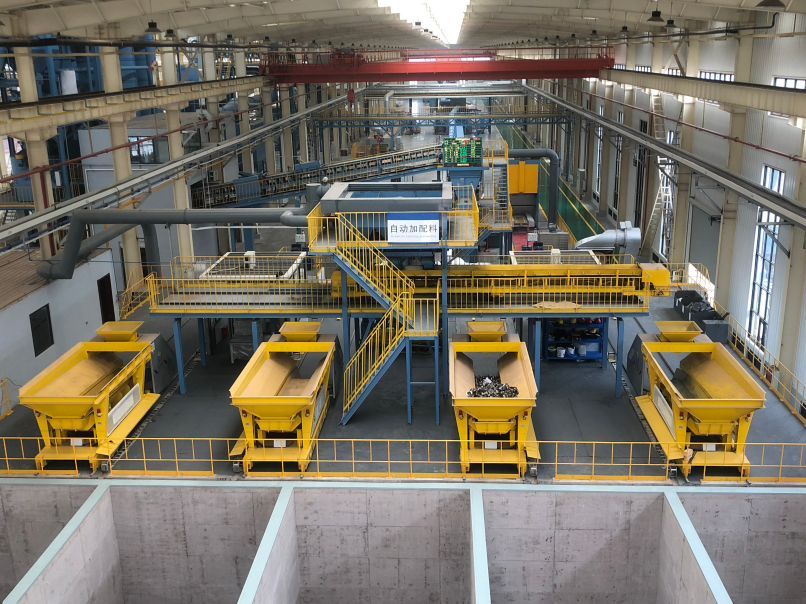
Key Benefits of Automatic Batching & Feeding Systems
Automatic batching and feeding systems provide significant advantages across various industries by enhancing accuracy, efficiency, and cost-effectiveness. These systems optimize the production process by automating material measurement, mixing, and distribution, ensuring a higher level of consistency and quality in the final product.
Enhanced Accuracy & Consistency
One of the key benefits of automatic batching systems is their ability to reduce human errors. By following pre-programmed formulas, these systems ensure precise ingredient measurement and maintain uniformity in every batch. This level of accuracy minimizes product variations, enhances quality control, and reduces the risk of defects. Consistency is especially crucial in industries such as food processing, pharmaceuticals, and construction, where exact formulations are required for safety and performance.
Increased Efficiency & Speed
Automated batching systems work significantly faster than manual processes, leading to increased production speed and efficiency. These systems streamline the workflow by handling material dosing, weighing, and mixing without delays, allowing businesses to meet high demand without compromising quality. By reducing bottlenecks in production, companies can improve turnaround times and boost overall productivity.
Reduced Material Waste
Precision in material measurement helps minimize waste, ensuring that only the required amount of ingredients is used. This not only conserves raw materials but also reduces disposal costs and environmental impact. By preventing overuse or underuse of resources, automated systems support sustainable manufacturing practices while maximizing yield.
Cost Savings
Automation significantly reduces labor costs by minimizing the need for manual handling and supervision. Additionally, improved material efficiency lowers production expenses by reducing waste and preventing costly errors. Over time, these cost savings contribute to a higher return on investment (ROI), making automated systems a smart long-term investment for businesses looking to optimize operations.
Superior Quality Control
Maintaining product quality is essential in competitive industries, and automatic batching systems play a crucial role in ensuring this. By eliminating inconsistencies and maintaining precise formulations, these systems help manufacturers meet regulatory and industry standards. Reduced defects and enhanced product reliability lead to greater customer satisfaction and brand trust.
Industries Benefiting from Automatic Batching & Feeding Systems
Many industries have embraced automation to improve efficiency and product quality. Some of the key sectors utilizing these systems include:
Food & Beverage Industry
In food production, automated batching systems ensure accurate ingredient measurement, leading to consistent flavors, textures, and nutritional content. These systems also enhance food safety by reducing contamination risks and maintaining strict hygiene standards. Additionally, they help manufacturers scale production efficiently to meet consumer demand.
Agriculture & Livestock Farming
Automatic feeding systems are widely used in livestock farming to regulate animal nutrition. By precisely controlling the quantity and composition of feed, these systems improve animal health, growth, and productivity. This leads to better yield in dairy, poultry, and meat production while reducing feed waste.
Manufacturing & Chemical Processing
In the chemical industry, automated batching ensures precise mixing of raw materials, reducing human error and improving product safety. These systems help maintain consistent chemical compositions, which is critical for producing pharmaceuticals, adhesives, coatings, and other chemical-based products.
Construction & Cement Industry
The construction sector benefits greatly from automated batching systems in concrete production. By accurately measuring and mixing materials like cement, sand, and gravel, these systems improve the strength and durability of concrete structures. Additionally, automation speeds up project timelines and reduces material wastage, making construction more cost-effective and sustainable.
Enhance Your Production with Advanced Automation
Boost your manufacturing efficiency with automatic batching and feeding systems. These advanced solutions precisely control material mixing, ensuring optimal accuracy. By scanning raw materials and adjusting ratios in real-time, they minimize waste and maximize productivity.
With continuous monitoring, the system tracks the smelting process, storing and updating data for better decision-making. It instantly calculates and fine-tunes alloy compositions, keeping production seamless and cost-efficient.
Industries across manufacturing, construction, and metallurgy rely on this technology to streamline operations, reduce human errors, and increase output. Fully customizable, these systems adapt to specific production needs, improving quality and consistency.
Embrace automation today to optimize your production process, save time, and achieve higher efficiency!



